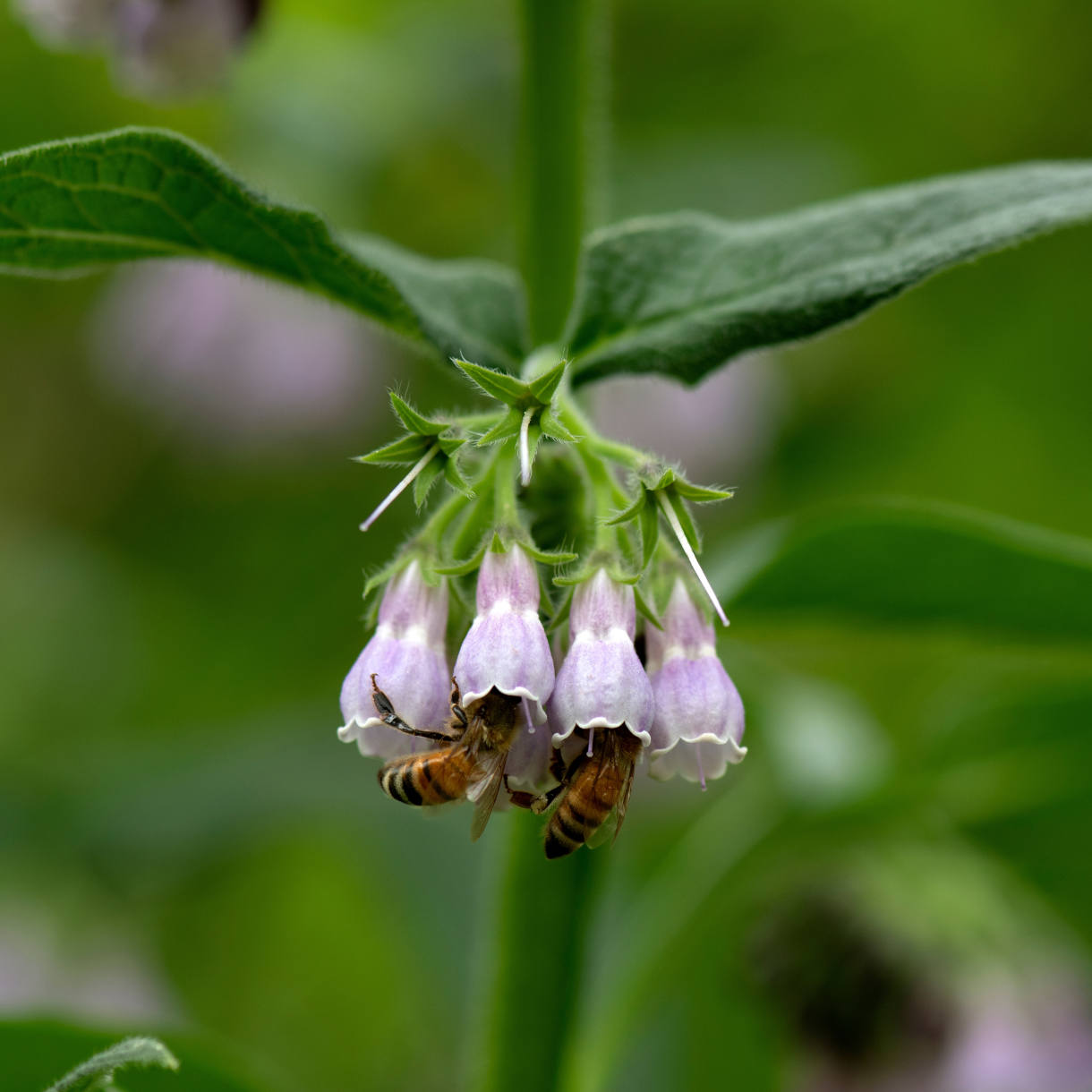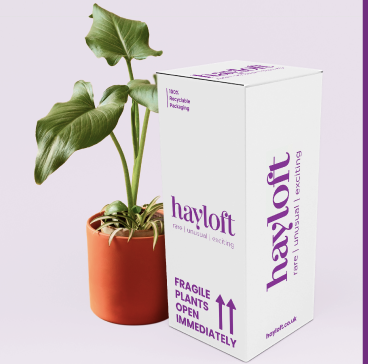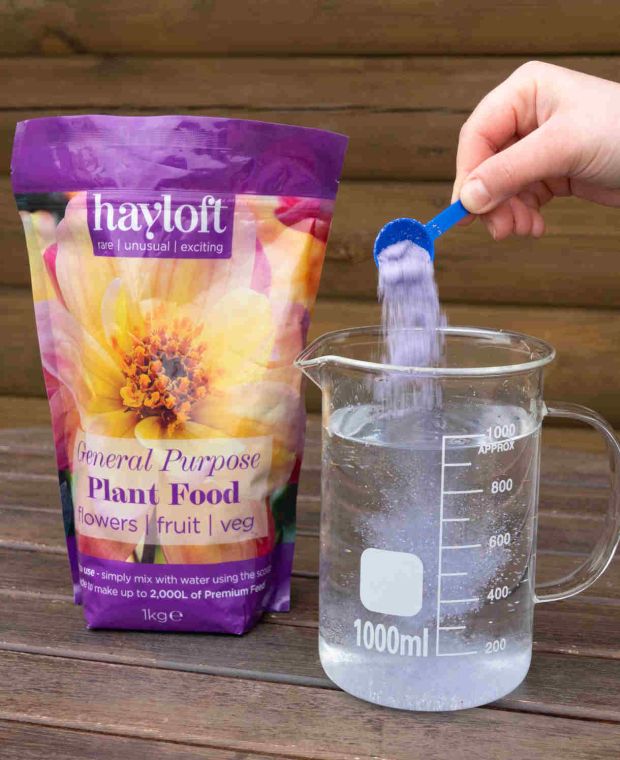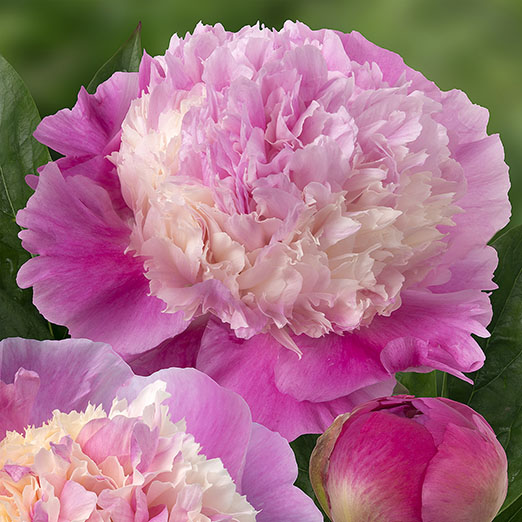How to grow Symphytum
Also known as comfrey, Symphytum is a genus of rhizomatous perennials belonging to the borage family, found in damp, shady habitats in Europe, North Africa, and Western Asia. With a vigorous, spreading habit and pollinator-friendly flowers, comfrey is often used as fast-growing groundcover in the more difficult parts of gardens where other plants may struggle.
Some varieties can also be used to make comfrey feed. A deep tap root gives them access to soil which remains out of reach for most plants, meaning their leaves have an unusually high nutrient content and make a potent liquid fertiliser when steeped in water. There’s also a ready supply – a speedy rate of regrowth means this prolific plant can be harvested two or three times a year. If growing comfrey for this purpose (i.e. as a crop rather than spreading ground cover), it is best to go for a sterile hybrid such as ‘Bocking 14’, which doesn’t set seed and is therefore less invasive. For similar reasons variegated forms are also far less rampant, and a popular choice for growing amongst other plants in beds and borders.
Comfrey thrives with the minimum of fuss and boasts a long flowering period, typically from May to August. Its bristly leaves can cause irritation to skin, and we recommend gloves be worn when handling. It is also worth noting that the roots and leaves may cause severe discomfort if ingested, so it can be a good idea to keep this one away from children and pets.
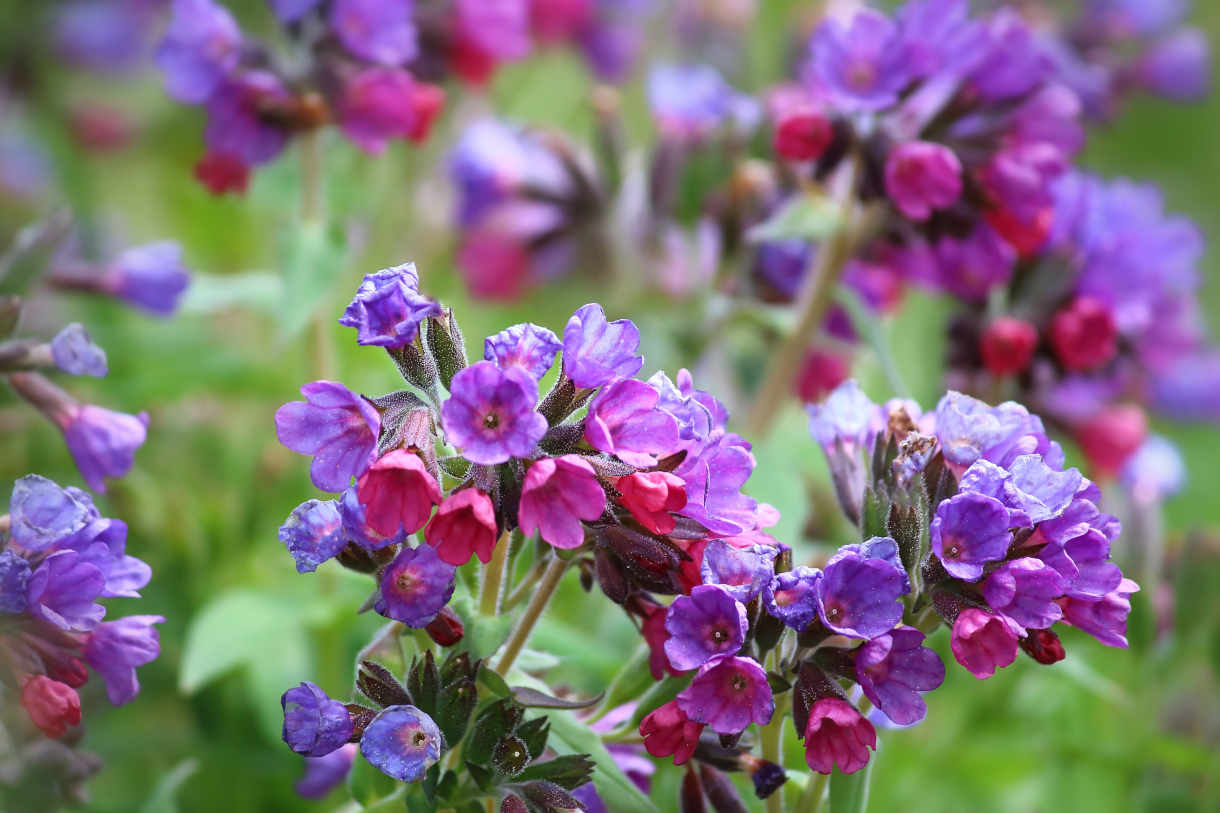
Zantedeschia is a genus of flowering plants from the family Araceae and is native to southern Africa. With a rich history dating back to the Ancient Romans, these deciduous or semi-evergreen perennials have been used as a symbol of celebration. Zantedeschia was Named after Professor Giovanni Zantedeschia, an Italian botanist.
There are two main forms of Zantedeschia: hardy and tender. Hardy forms of the plant can be grown outdoors, enjoy moist soil and full sun or partially shaded conditions - these are known as Arum lilies. Tender forms of Zantedeschia prefer being grown in containers or pots and should be brought inside over the winter - these are known as Calla lilies.
With tuberous flora in all colours from whites, yellows and oranges to deep reds and purples, Zantedeschias are not to be overlooked in any garden, as long as they have sufficient sunlight to grow in.
Ready to learn more about growing Zantedeschia? Read on for all there is to know...
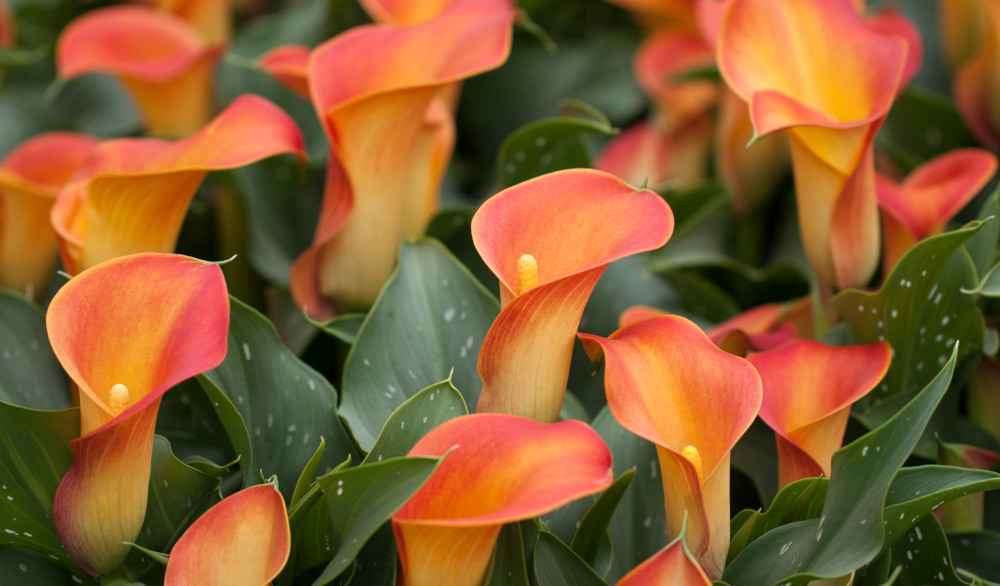
Key Information
Soil pH
Position
Hardiness

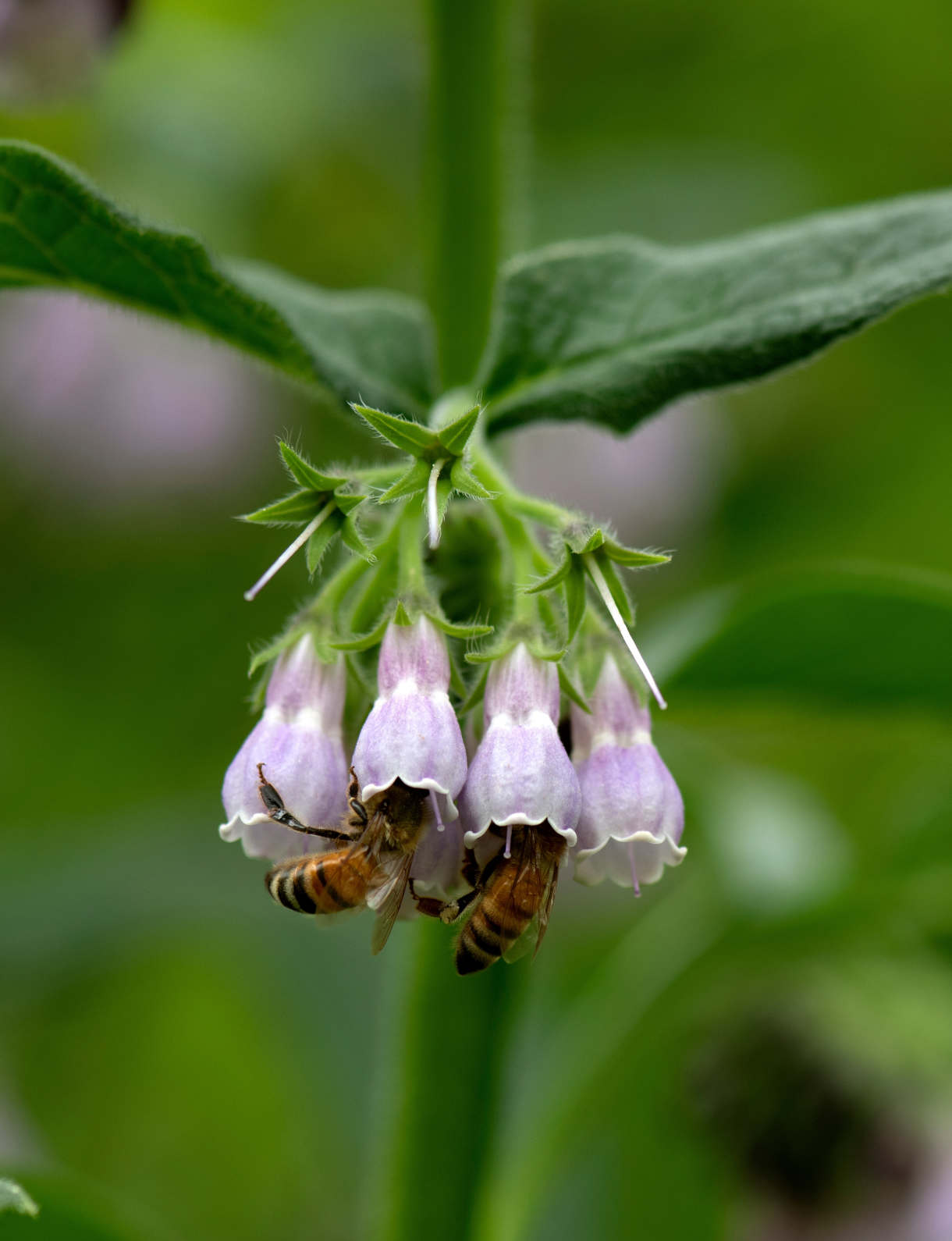
Where & when to plant Symphytum
Position - Full sun or partial shade
Soil - Ideally moist and moderately fertile, though drier conditions can be tolerated.
Flowering Period - Late spring to late summer
Hardiness - Fully hardy, rated H7 (-20°C and below)
Horticultural Divisions -
Of the 25-35 species of comfrey, gardeners are most likely to encounter the following:
Symphytum officinale ‘Common comfrey’, native to the UK. Leaves used for making plant food. Can be invasive.
S. x uplandicum ‘Russian comfrey’. Not native to the UK though widespread in the wild since escaping from gardens in the 19th century. Difficult to distinguish from S. officinale, made more difficult by the fact that cross pollination occurs. Leaves also good for making plant food. Can be invasive, though there is a sterile hybrid (‘Bocking 14’) that does not seed around.
S. grandiflorum ‘Creeping comfrey’. Native to the Caucasus region. Has been crossed with S. x uplandicum to produce the hybrid Hidcote comfrey, notable for its range of colours and high ornamental value.
Can be invasive, though the variegated form S. grandiflorum ‘Goldsmith’ is less rampant.
Given comfrey’s lust for life, planting can be carried out at almost any time of year except when the ground is frozen (though best practice is autumn or spring). If planting out in summer remember to water copiously for the remainder of that growing season, and in winter take care to avoid waterlogged ground.
Comfrey can make a fast-growing, effective, wildlife-friendly ground cover plant for challenging areas such as shady corners or beneath trees and shrubs. Try to choose a spot where the vigorously spreading nature won’t pose a problem; for borders and areas containing other planting, we recommend variegated forms with their more restrained growth habit. Whatever type you go for, take care when choosing a spot – once introduced to an area all comfrey is very difficult to eradicate, regenerating from even a small piece of root left in the ground. To grow as a crop for making plant food, a small, dedicated comfrey bed can be a good idea.
Due to a long tap root and spreading nature, comfrey is not suitable for long-term life in a container, though you may have short-term success with some of the less rampant forms in a very deep pot.
How to plant Symphytum
For planting in the garden, dig the soil area removing any large stones and weeds and breaking up any lumps.
Rake level and firm with your heels. Rake level again.
Water plants well and allow to drain before planting.
If planting multiples, space 60-90 centimetres apart.
Dig a hole twice the width of the root-ball.
Place the plant in the hole, ensuring the top of the root ball sits level with the surface of the soil. Too low and the plant may rot, too high and the roots can dry out.
Backfill with soil and firm in gently with your foot.
Soak well with water.
Mulch around the base with well-rotted organic matter.
For planting in containers (remember this is only really suitable for the less vigorously spreading forms), go for as deep a pot as you can to accommodate the long tap root. Ensure there are plenty of drainage holes in the bottom.
If you are using a large or heavy pot, it can be a good idea to fill and plant it in situ to save yourself the trouble of moving once full.
Use a good quality potting compost with some horticultural grit mixed in and, if not already present (check the labelling on the bag) some slow-release fertiliser granules.
Start by partially filling the pot with compost; enough so that when placed on it the upper surface of the root ball is about 3cm lower than the top of the pot.
Fill around the plant with compost, firming down with your fingers then adding a little more so it is held tight.
Pick up the container (if you can!) and lightly tap on the potting bench or ground a few times to help further settle the compost around the plant.
Soak well with water.
A mulch with horticultural grit will look attractive and help to prevent a ‘cap’ or crust forming on the top of the compost (something container plants can suffer due to the artificial nature of their watering).
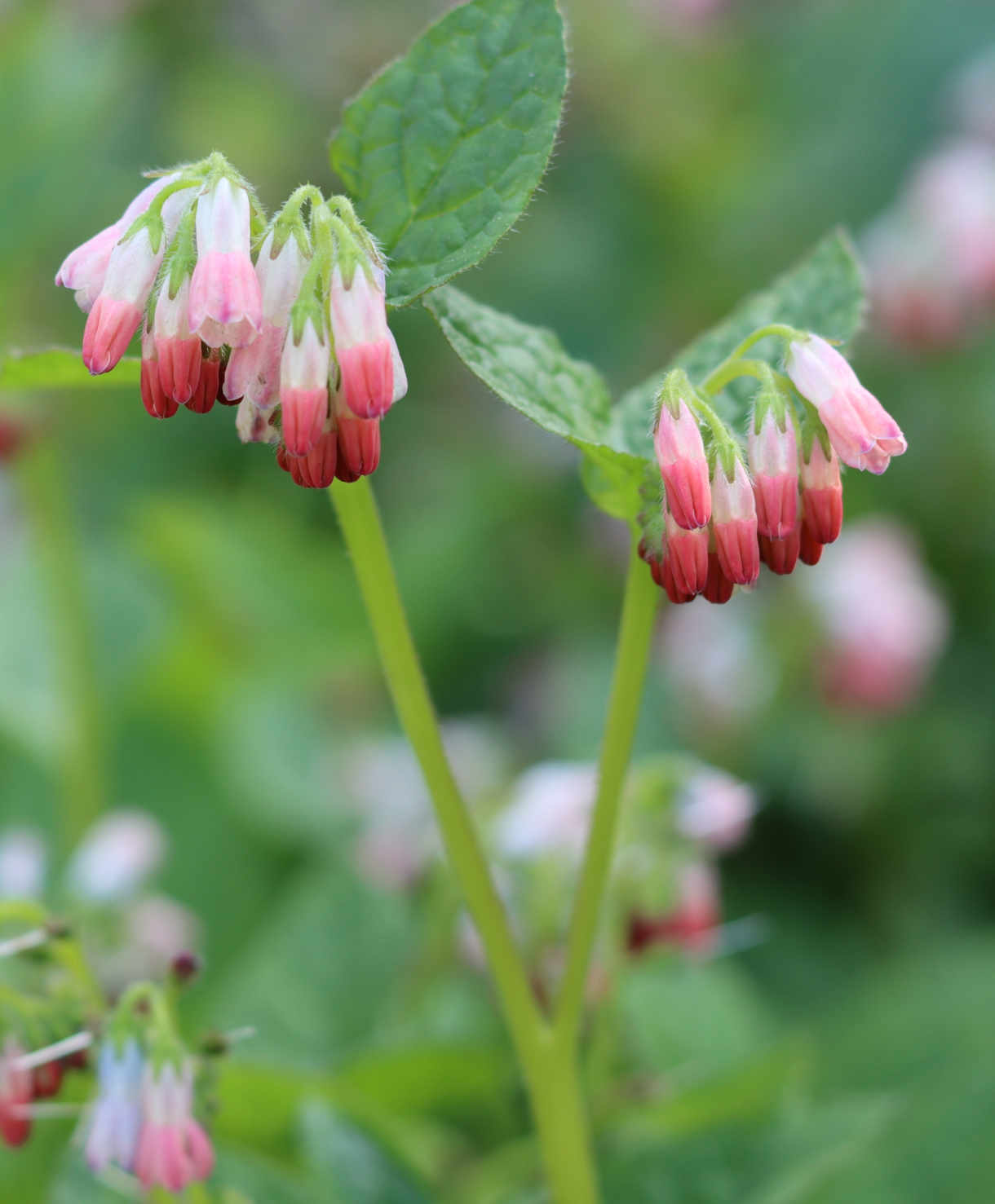
What to plant with Symphytum
Comfrey can be combined with a selection of other equally tough, spreading plants, to transform forgotten corners into lush, wildlife-friendly havens. Good candidates include Galium odoratum, Lamium maculatum, Geranium nodosum, and Vinca. Plant a few of each and stand back as, over the coming years, they knit together to create a beautiful, wild tapestry. Including spring bulbs will add magic early in the year – think bluebells, hellebores, snowdrops, and cyclamen.
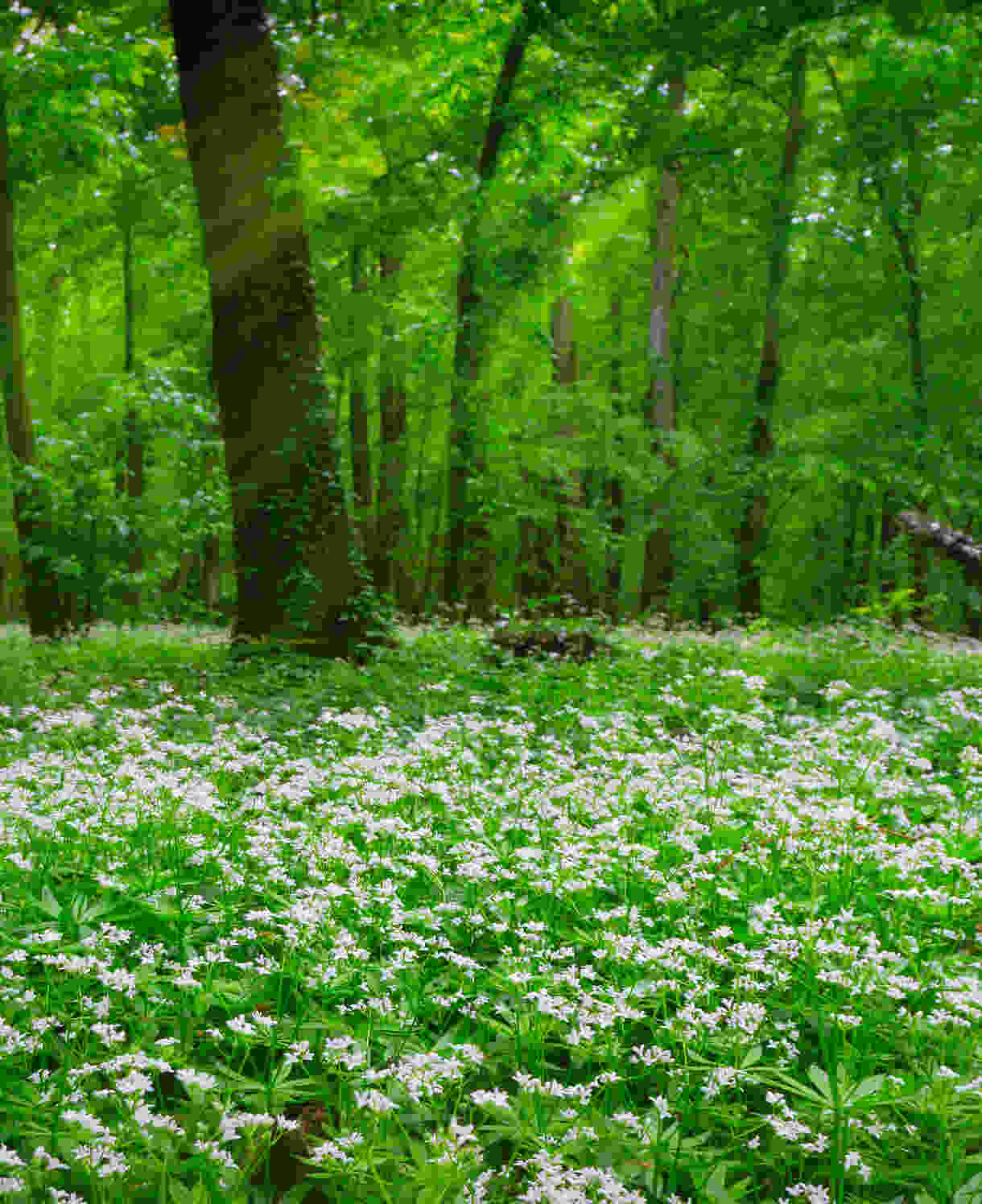
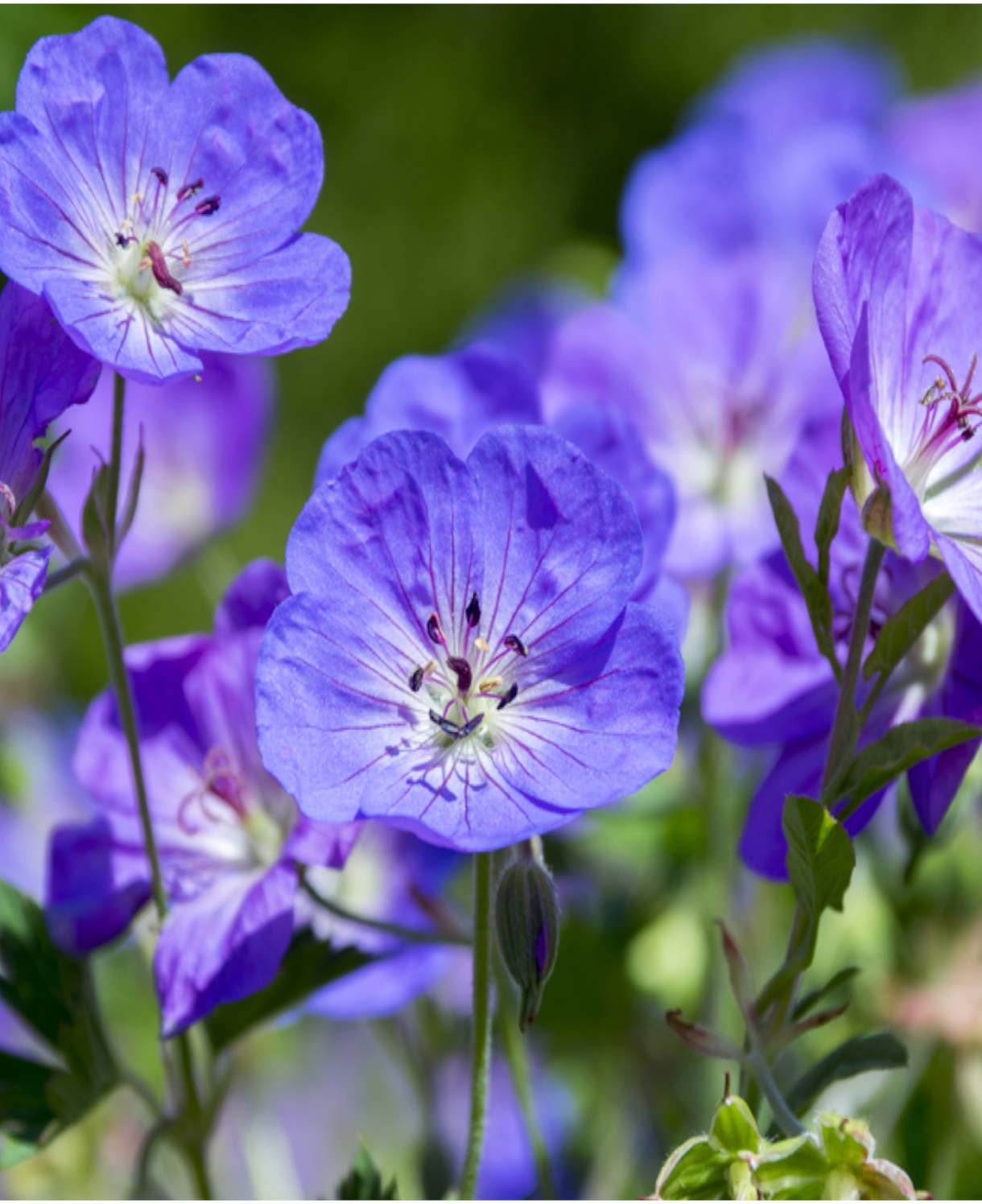
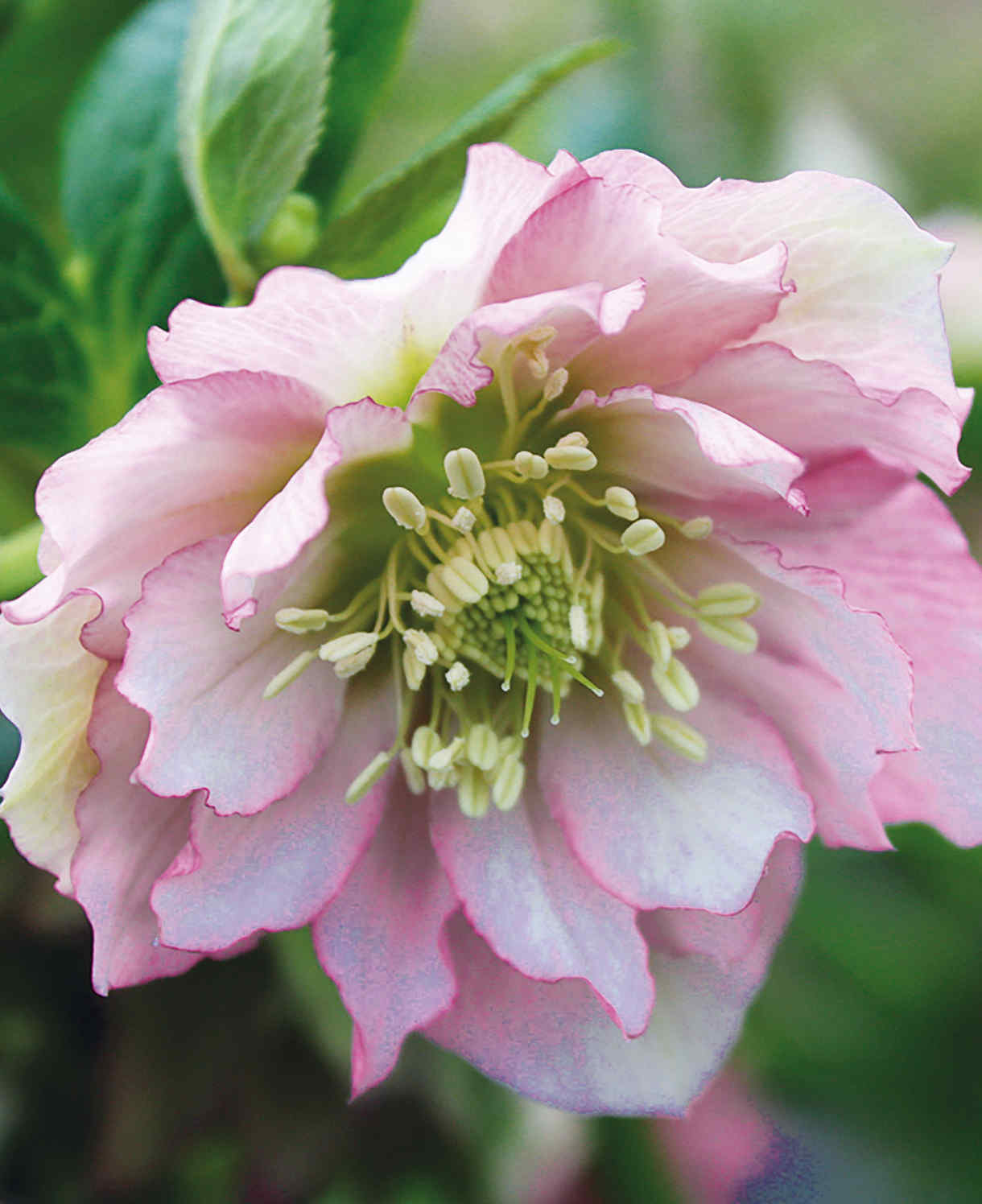
How to care for Symphytum
Pruning and Deadheading
Grown ornamentally, comfrey benefits from a midseason shear, whereby the whole lot is cut down to ground level as soon as flowering has finished. Not only does this generate plenty of fresh, new growth which continues to look good for the rest of the season, but it also keeps the more vigorous varieties in check. With its mineral-rich leaves comfrey is a great candidate for ‘chop and drop’, which means leaving prunings on the surface of the soil to break down and boost nutrient content. Alternatively, the leaves are great for turbo charging compost heaps.
Comfrey will die back naturally for winter.
With variegated forms (where the leaves tend to be the main event) some gardeners prefer to remove flower spikes as they form, to direct all energy into the production of healthy, attractive foliage.
Comfrey grown as a crop can be harvested several times a year from year two onwards (it’s best to leave untouched during the first year in the ground to allow the roots to become fully established). Always leave a good few leaves intact on the plant to power regrowth. See ‘Common symphytum questions’ for more information on making comfrey liquid plant feed.
Watering
Soak newly planted comfrey a handful of times during its first couple of months in the ground (more if planting during the height of summer). After this, it should be self-sufficient in all but the most prolonged periods of hot, dry weather.
If you are growing comfrey in a container, remember it will have less access to moisture and therefore need regular watering throughout the growing season. Allowing the top couple of centimetres of compost to dry out in between is a useful rule of thumb to avoid overdoing it. From mid-autumn, the British climate tends to take over watering needs, though do remember to step in in the event of an unseasonably dry spell.
Feeding
On reasonable garden soil a mulch of well-rotted organic matter (i.e., a layer of leaf mould, manure, or garden compost applied to the soil around the plant) should provide more than enough nutrients for your comfrey. This has the added benefit of suppressing weeds and locking in moisture. Mulch when planting, and then again each spring.
Container-grown plants are different as they rely solely on the gardener for nutrition. Get off to a flying start by making sure you use a good quality compost with slow-release granules mixed in. These generally provide nutrients for around 6 to 8 weeks, after which you’ll need to apply a balanced liquid feed once a month until the end of the growing season.
Cold Protection
Comfrey is as hardy as it gets and able to withstand even the harshest of UK winters without the need for additional protection.
Pests and Diseases
Comfrey is generally problem-free.
How to propagate Symphytum
The quickest and easiest way to propagate comfrey is by division in spring. As well as generating new plants, this provides an opportunity to control unwanted spread.
1. Choose a day when the soil is not frozen or waterlogged.
2. Dig the plant out of the ground and shake off any excess soil.
3. Separate into sections using either swift, cutting blows with a sharp spade, or two forks inserted back-to-back with tines touching, handles then pushed together to prise the plant apart.
4. Discard old, damaged, or surplus pieces, keeping healthy, vigorous material. We advise against putting any pieces of symphytum root on the compost heap as it is likely to regrow. Better to dispose of in a council green waste bin or burn.
5. Replant decent-sized pieces where desired, and any smaller bits can be potted up.
6. Water well until fully established.
* Many plants carry Plant Breeders Rights and cannot be propagated for commercial purposes.
Common Symphytum Questions
How do you make comfrey plant feed?
Cut leaves off at the base, remembering to leave a few on the plant to speed up regrowth. Chop up into smaller pieces and pack into a large bucket or container for which you have a lid (you’re going to want to block out the smell. Don’t say we didn’t warn you!). Weigh down with a brick, and cover with water. Leave for 4-6 weeks, after which you will be left with a dark, rich liquid bursting with nutrients. Dilute at a rate of one part comfrey feed to ten parts water before applying to plants.
What might comfrey be confused with?
Before flowering, comfrey leaves can look very similar to foxgloves. Later, it is easily mistaken for other borage family member such as green alkanet, brunnera, and forget-me-not.
Is Symphytum safe to use medicinally?
While comfrey has been historically used in herbal medicine, it contains pyrrolizidine alkaloids (PAs), which can be toxic to the liver if ingested in large amounts. Topical application is generally considered safer, but internal use is discouraged by health authorities.
Is Symphytum toxic to animals?
Comfrey contains alkaloids that may be toxic to livestock in large amounts. While some farmers use it as feed, it should be given sparingly. Check with a vet before feeding it to animals.
Does Symphytum attract pollinators?
Yes! Comfrey flowers are highly attractive to bees and other pollinators, making it a great addition to a wildlife-friendly garden.
